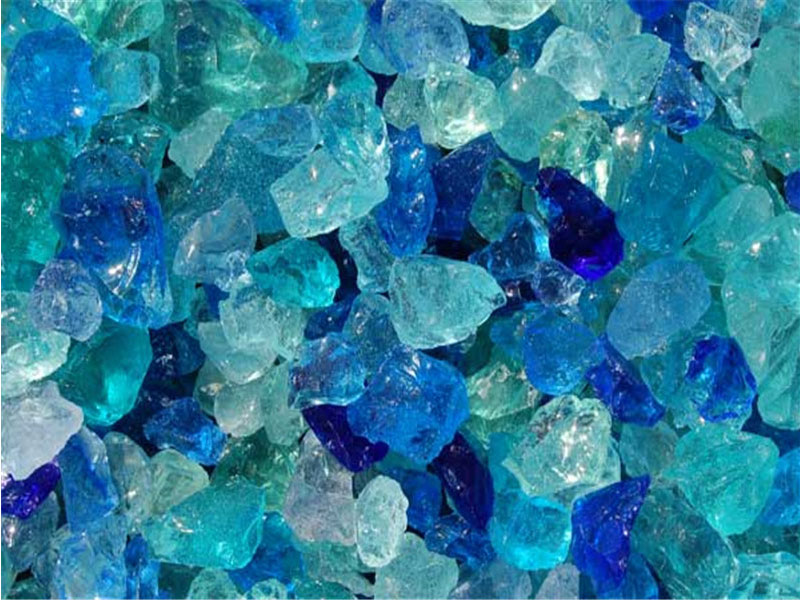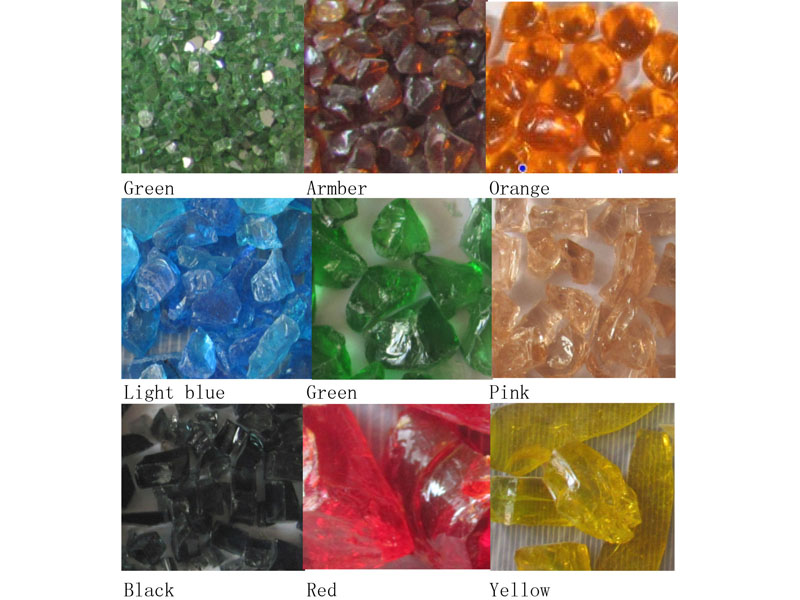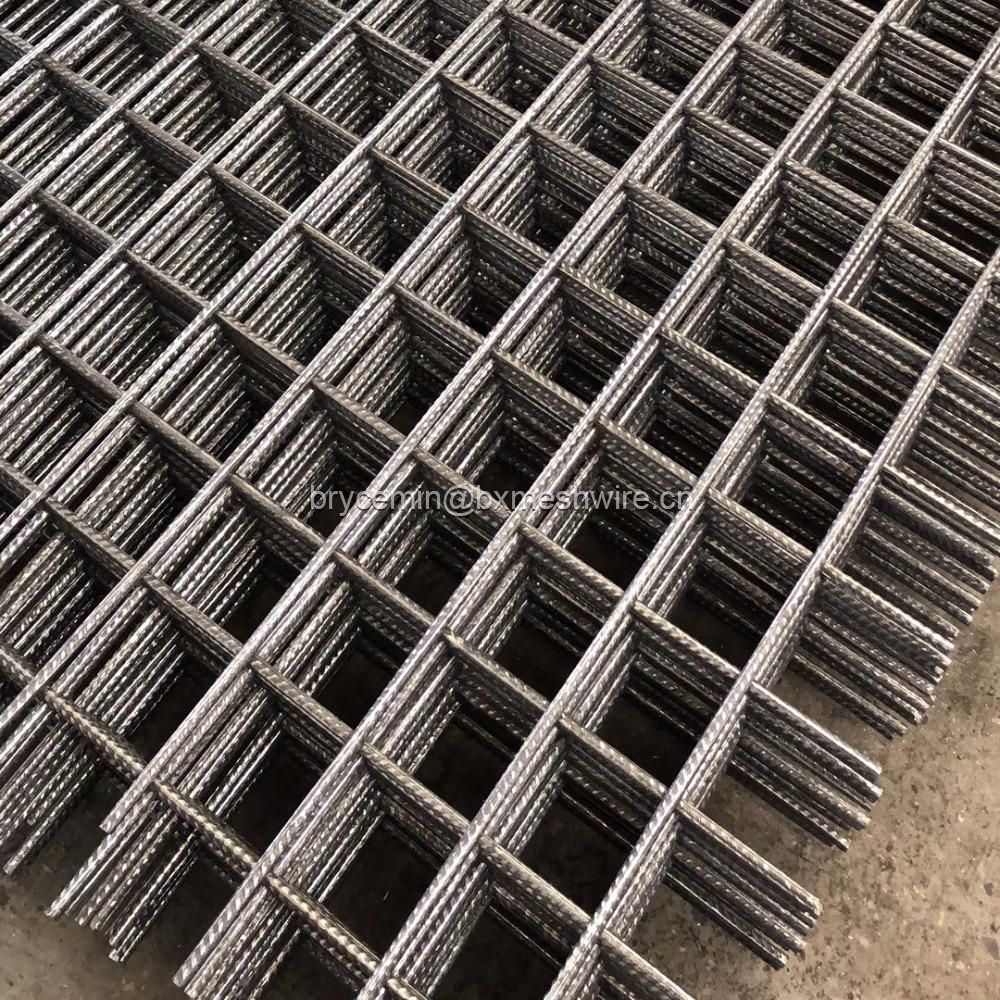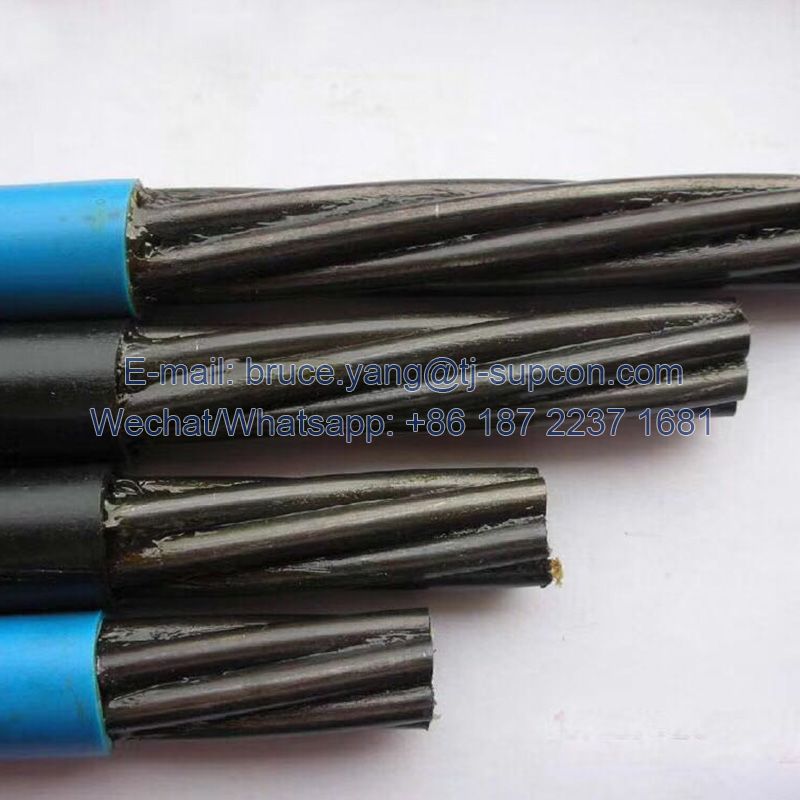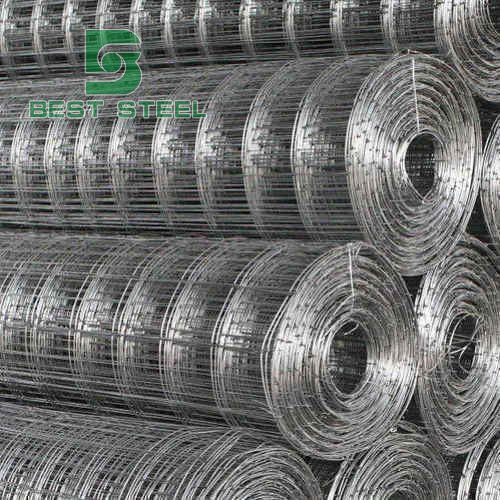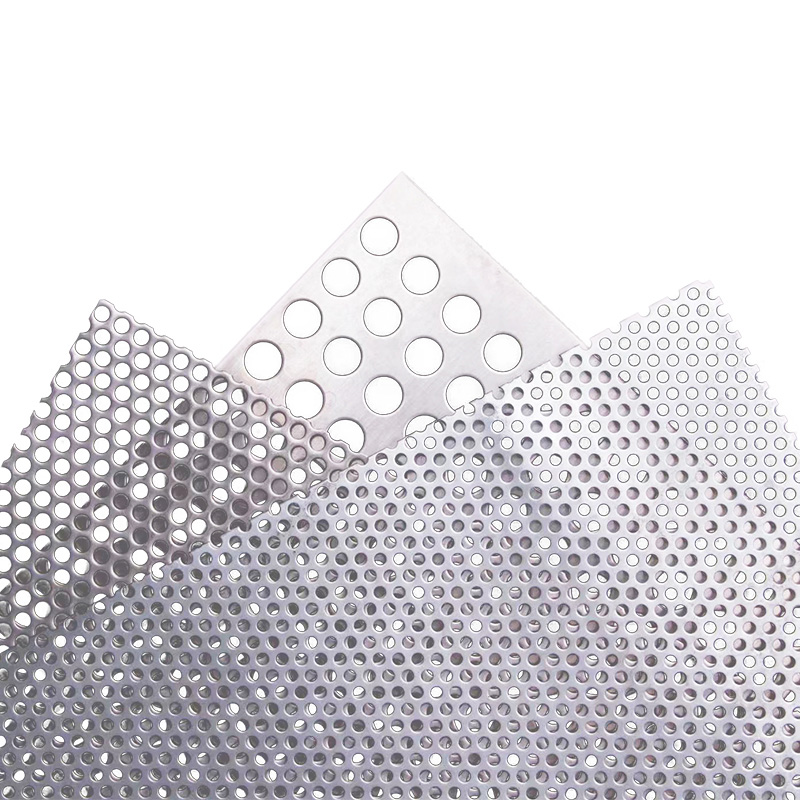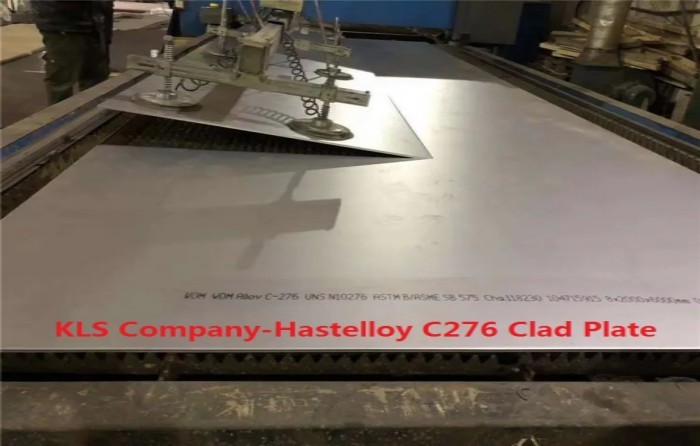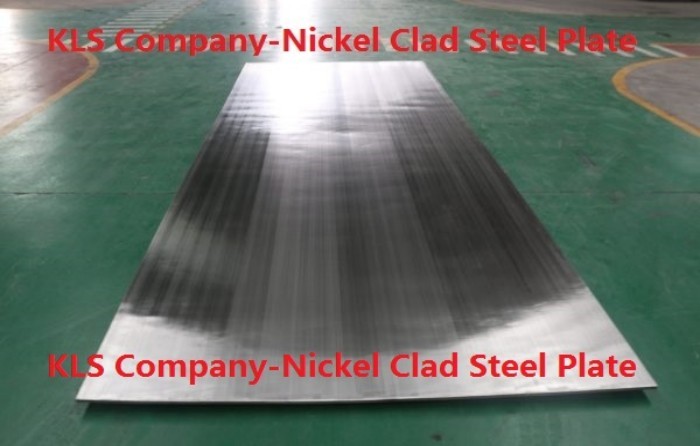The Many Types of Fence Posts: Which One is Right for Your Garden?
Fence posts are an essential component of any fence, as they provide the necessary support and stability to keep the fence upright and secure. However, not all fence posts are created equal. There are several different types of fence posts, each with their own unique features and benefits. In this article, we will discuss the most common types of fence posts, and help you determine which one is right for your garden.
Wooden Fence Posts
Wooden fence posts are one of the most common types of fence posts, and for good reason. They are affordable, easy to work with, and provide a classic, natural look that is perfect for gardens and outdoor spaces. Wooden fence posts are available in a range of sizes and shapes, from round to square, and can be treated with a variety of finishes to help protect against weathering and rot.

Metal Fence Posts
Metal fence posts are another popular option, particularly for those who want a fence that is strong, durable, and long-lasting. Metal posts are available in a range of materials, including steel, aluminum, and wrought iron, and can be coated or painted in a variety of colors to match your garden décor. Metal fence posts are also easy to install, making them a great choice for DIY enthusiasts.
Concrete Fence Posts
Concrete fence posts are an excellent choice for those who want a fence that is strong and long-lasting, particularly in areas with harsh weather conditions. Concrete posts are resistant to rot, insect damage, and fire, and can provide excellent stability for heavy or tall fence panels. Concrete posts are available in a range of sizes and shapes, from square to round, and can be treated with various finishes to add an attractive appearance.
Vinyl Fence Posts
See also:The Ultimate Guide to Carbide Rods Prices
Everything You Need to Know About Solid Carbide Rods
Maximize Efficiency with Customized PDC Cutters: All Your FAQs Answered!
Unbreakable Tungsten Carbide Bars: Are They Necessary?
Stainless Steel Sheets with Vibration Non-Directional: An Aesthetic Marvel
What Are the Parts of a Railway Track?
The Ultimate Guide to Wire Mesh Fence: A Comprehensive Overview
Vinyl fence posts are a newer option, but one that is quickly gaining popularity. Vinyl posts are made from a durable, weather-resistant material that is easy to clean and maintain. Vinyl fence posts are available in a range of colors and styles, and can be designed to look like wood or other materials. They are also lightweight and easy to install, making them a popular choice for DIYers.
Composite Fence Posts
Composite fence posts are another relatively new option, but one that is quickly gaining popularity. Composite posts are made from a combination of wood fibers and plastic, making them strong, durable, and resistant to rot and decay. They are also available in a range of colors and styles, and can be designed to look like wood or other materials. Composite fence posts are easy to install and require little maintenance, making them a popular choice for those who want a low-maintenance fence.
Conclusion
In conclusion, choosing the right type of fence post for your garden depends on a variety of factors, including your budget, style preferences, and functional needs. Wooden posts are affordable and offer a classic look, while metal and concrete posts provide strength and durability. Vinyl and composite posts are newer options that offer low maintenance and easy installation. By considering the unique features and benefits of each type of fence post, you can choose the one that is right for your garden and will provide the necessary support and stability for your fence.Contact Us
What is Cemented Carbide Anvil Used for?
What is a Low Fin Tube? Understanding its Significance in Heat Exchangers
Is alloy steel better than stainless steel?
What is Alloy Steel Pipe Used For? A Comprehensive Guide
What Are the Advantages of Steel Rails?
How are ductile iron pipes and fittings installed?
Hot-Dipped Galvanized Coil: Unleashing the Power of Corrosion Resistance
- Previous: How Do I Choose a Supplier for Precision Aluminum Metal Parts?
- Next: None


